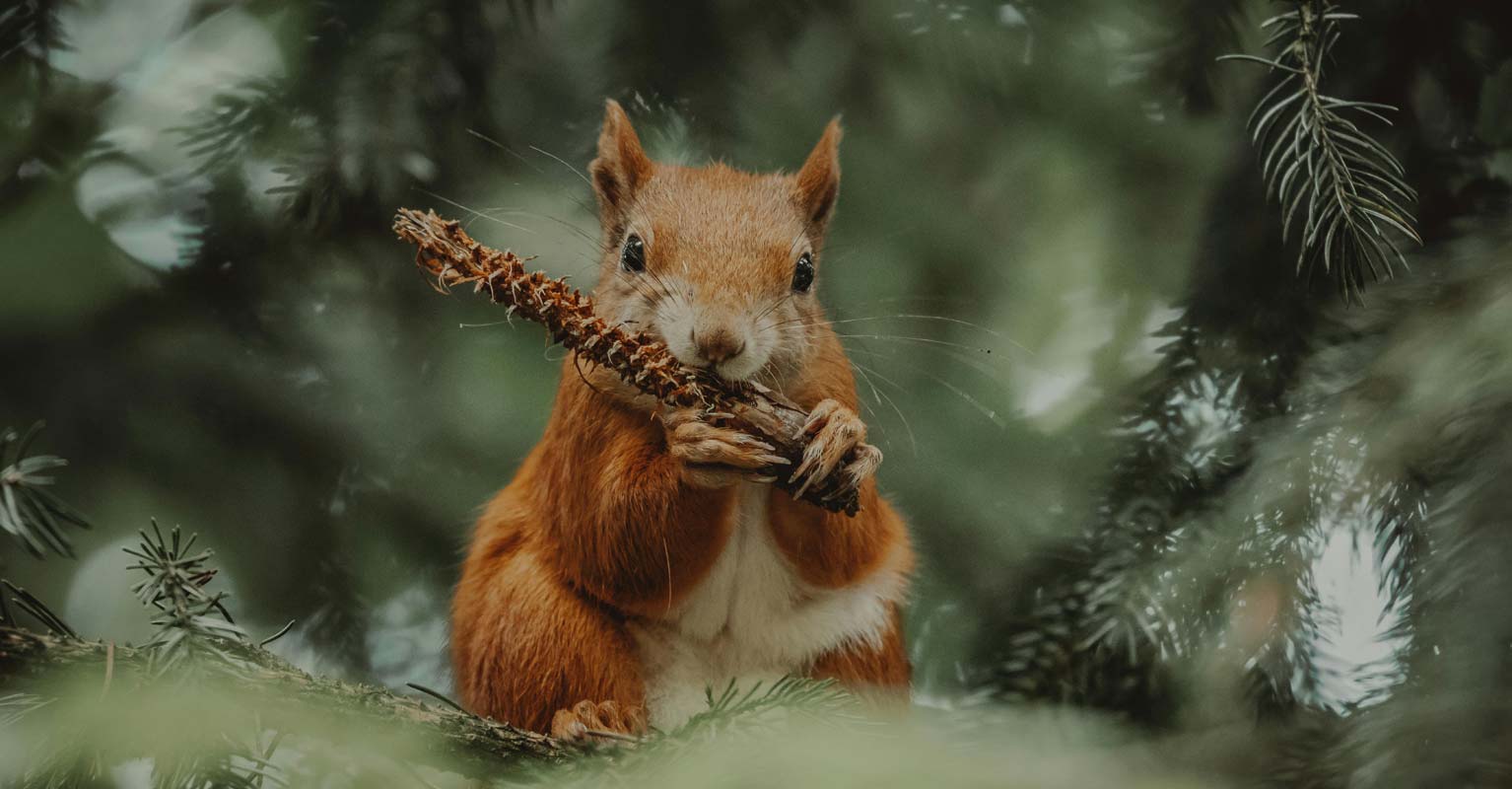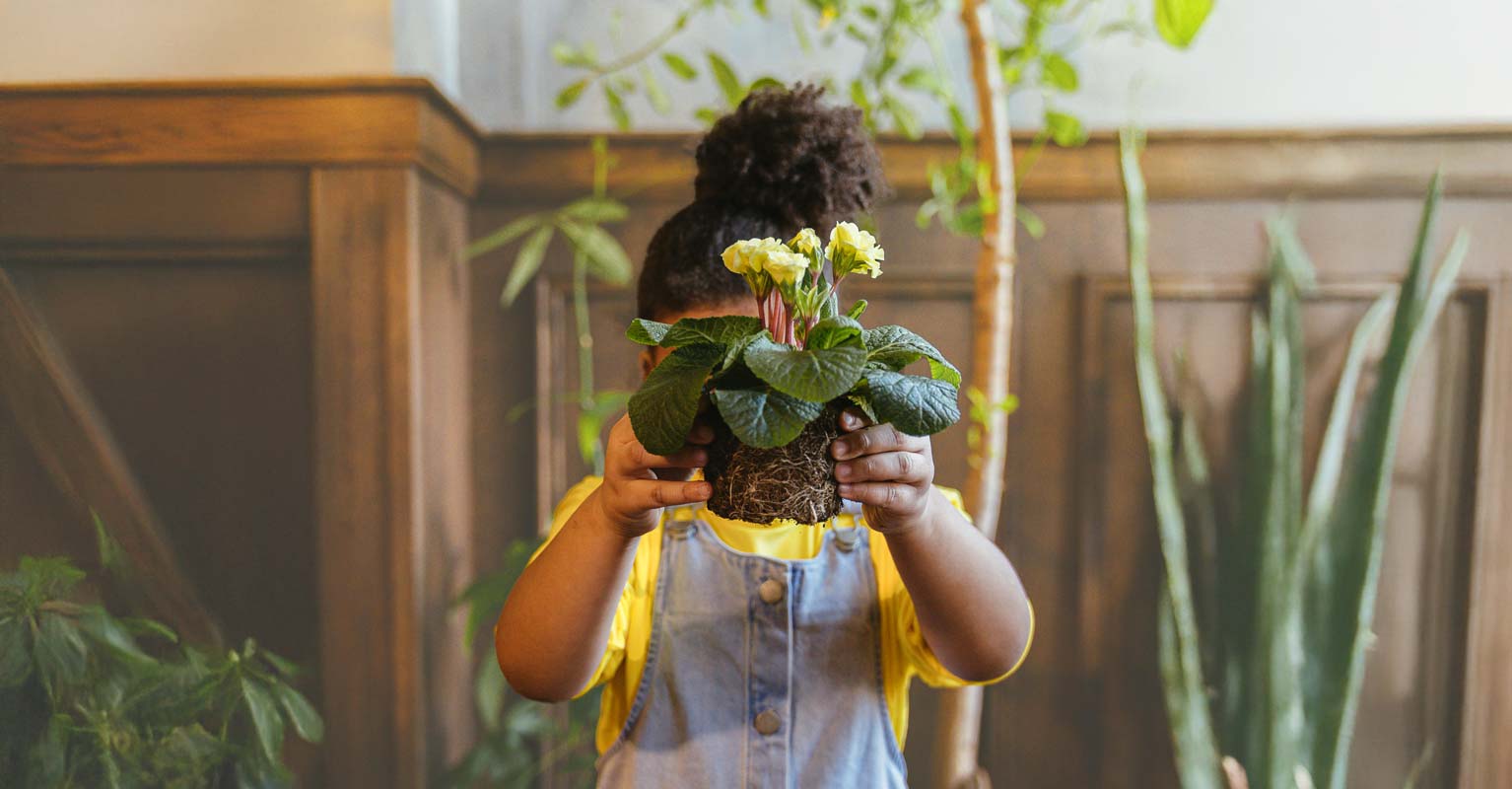Ever watched a toddler devour her first fresh-picked pear? Juice dripping off her chin, nearly cross-eyed, intent on this soft not-quite-an-apple? The smile comes later, delight following concentration.
Or perhaps you’ve noticed, when a child digs carrots for the first time, his awe as dirt releases brilliant orange? Not just color, but familiar color, a vegetable he knows. Biting into it, his face lights up with surprise. “It tastes…”
Then he pauses, unable to find a word for “earthy, fresh, and entirely different.”
Or perhaps best of all, after stumbling mile after mile down a relentlessly hot trail, deadfall not yet cleared and charcoal smudging cheek and shin, you’ve found wild raspberries. Handfuls of ’em. Decadent, delicious miracles in an old burn. The visceral delight of raw flavor is just that: visceral. And being outside—light and wind playing across fields, dirt beneath every fingernail, wasps buzzing alarmingly near— intensifies it all. Every pore, every nerve, every ounce and inch of you is fully awake.
It’s a feeling I wish everyone could experience: instinctual, deep, wordless connection to nature. Flavors intensified by landscape. A true sense of place.
In his influential book Last Child in the Woods, Richard Louv explains that our kids are at risk of nature deficit disorder, a profound disconnection from nature that impacts health, resilience, creativity, and more. It’s a concept most people intuitively understand. No matter where we live, modern technology infuses our world, fundamentally shifting how we interact with nature.
But if you read further, you discover that the first trend characterizing this disconnect from nature is “a severance of the public and private mind from food’s origins.” In other words, “food is from Venus, farming is from Mars.”
I’d wager that our kids—heck, all of us—would benefit tremendously by considering more deeply what we eat. Not just savoring each bite, but truly noticing our food and developing relentless curiosity. Where did this come from? Who grew, harvested, processed, packaged, and transported this? How far did it travel? Was something displaced to produce this? Who profited, and how much?
Back to that trail, where I picked raspberries while my students trudged, exhausted and unaware, through relentless July heat in the Absaroka-Beartooth Wilderness. Week two of a three-week backpack trip. Despite knowing it would slow our pace and lead to a late night in camp, I shared my secret.
The delight was palpable. Most of these kids had only known raspberries from grocery stores and storybooks, and this— like sleeping under the stars—was real. Stained, scratched, hot and dusty, even my most reticent student’s eyes sparkled. How do we help kids truly feel that connection, that visceral wake-up call? And how then do we nurture that raw delight into lasting curiosity, awakening a lifelong understanding that food sustains us, body and soul?
In our valley, several groups are thinking about just that. Each offers a different program, with different experiences to awaken kids’ curiosity about food, nature, and our ties to the land we inhabit. Montana Wilderness School is expanding the Montana-grown foods they pack, offering students a literal taste of the landscapes they travel. Gallatin Valley Botanical at Rocky Creek Farm is launching kids’ camps that explore nature and agriculture together. Gallatin Valley Farm to School offers programs that connect youth, the food system, and the natural world through hands-on activities and exploration.
It takes a village. Scholarship funds allow each of these programs to offer high-quality programing to kids who wouldn’t otherwise get these experiences. A simple picnic can off er friends and family the chance to taste fresh air. No matter how we do it, the gift of connection, curiosity, and raw flavor—an outing rather than an errand, taking time to notice our food and where it comes from—is invaluable.




